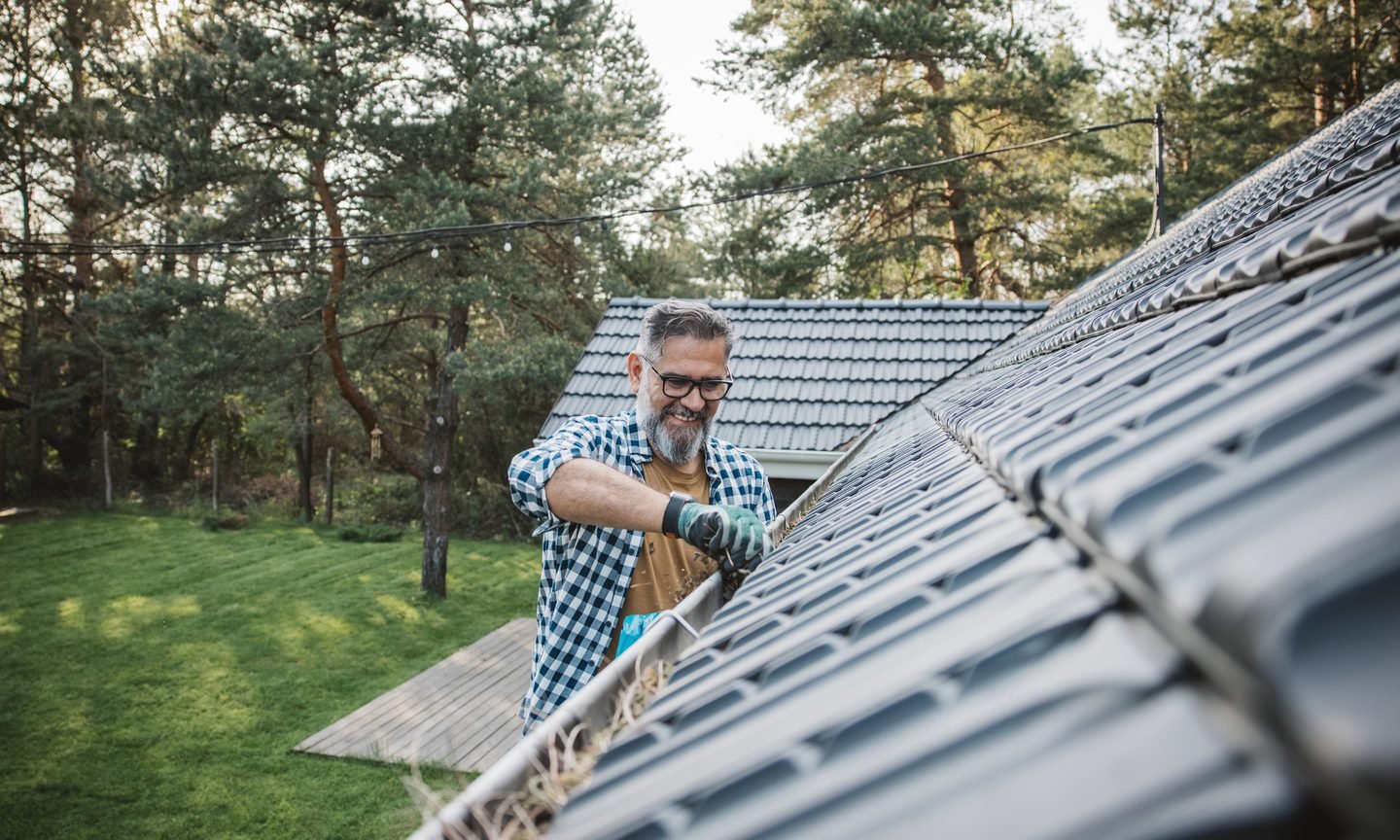Investing in a few home maintenance projects now could help reduce your costs when the cold weather hits. Not only can you trim your heating expenses, but you can also avoid unexpected emergency repairs later.
“There are a lot of things you can do for free,” says Ethan O’Donnell, deputy editor of FamilyHandyman.com, a website about home improvement projects.
That includes relatively simple steps like clearing the gutters and cleaning air filters in the HVAC system.
There are also bigger investments that can pay off in the long run, like insulating the attic or buying a more energy-efficient water heater. In 2023, U.S. households spent an average of $2,458 on home maintenance, according to Angi, a website that helps homeowners find service providers.
1. Check for heat loss
Start by walking around your home close to windows and doors with a candle, suggests Angie Hicks, co-founder of Angi.
“If the flame flickers, add some weather stripping,” she says.
Keeping heat in by adding insulation and sealing up any drafts can be far less expensive than cranking up the thermostat, O’Donnell says.
“Focus on the windows, doors and attic. If you have drafts, put Draft Busters on the door and insulate,” he suggests.
Weather stripping and caulking can also help seal up any gaps in windows and external doors.
Opening curtains on south-facing windows can help warm a room when the sun is shining, especially if you close them at night to keep the heat in. Using a programmable thermostat that keeps the air warmer when you are at home but automatically lowers the temperature when you are out of the house can also help reduce waste, O’Donnell adds.
O’Donnell tries to bundle up with a blanket and a sweater in his basement home office rather than turn on the space heater all day, which he estimates costs around $50 per month to run for eight hours a day.
2. Improve the efficiency of heating systems
Hicks suggests getting your HVAC system professionally serviced once a year to help prolong its lifespan and ensure it’s running efficiently. Angi reports that the average cost of getting an HVAC system checked is $250.
Cleaning or changing the filters on HVAC systems also helps boost its efficiency, says Paul Hope, deputy home editor at Consumer Reports.
If your system needs to be replaced soon, Hope recommends researching tax credits on the federal and state level before making your purchase.
“There are a lot of different incentives out there,” he adds.
Get more financial clarity with NerdWallet
Monitor your credit, track your spending and see all of your finances together in a single place.
3. Keep water out
Ice and snow can pose additional challenges in the winter, which is why O’Donnell recommends clearing your gutters before it snows. Otherwise, ice can get stuck in gutters or under shingles and refreeze, causing leaks.
According to Angi, most gutter cleanings cost between $119 to $234. That’s far less than the cost of repair after a major leak, Hope says.
“It’s a million times easier to deal with these things now,” he says.
He also suggests walking around your home to spot any tree limbs that could fall during a storm, causing further damage.
4. Consider solar power for decor
With many homeowners embracing holiday lights and outside decor, it can be worthwhile to explore energy-efficient strategies.
Mark Feygin, founder and CEO of PowerSetter, a digital energy comparison platform, suggests using timers to ensure lights and inflatables are only “on” from dusk to bedtime, for example.
He’s also turned to solar-powered holiday inflatables to further reduce energy consumption.
“Solar-powered air pumps inflate and light up without drawing from your grid,” he says.
5. Set money aside for unexpected costs
Unexpected expenses can still pop up, even when you prepare. That can make it a good idea to set aside emergency funds for winter home repairs, as well as extra cash to help you get through an extended power outage.
“People associate power outages with hurricane season, but most are in the winter. Especially in parts of the country with older infrastructure, it’s not uncommon for there to be sustained power outages,” Hope says.
He suggests making sure you have batteries, battery back-up packs that allow you to charge electronics with stored power, medicine and flashlights on hand. You can also fill up bathtubs and sinks with water for washing hands before big storms. That preparation could end up being critical.
Get more financial clarity with NerdWallet
Monitor your credit, track your spending and see all of your finances together in a single place.


